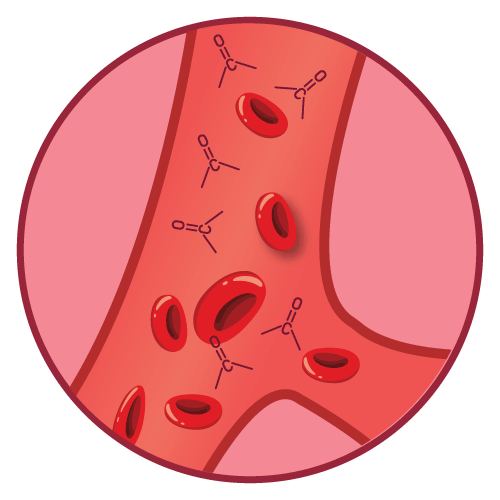| Name | Diabetic Ketoacidosis |

Diabetic Ketoacidosis
Diabetic Ketoacidosis (DKA) is a potentially life-threatening complication of diabetes that occurs when the body is unable to produce enough insulin to meet its energy needs. This results in the breakdown of fat stores for energy and the production of ketones, which can cause an increase in blood sugar and an accumulation of acids in the blood.
DKA typically occurs in people with type 1 diabetes and can be triggered by various factors, including illness, injury, stress, noncompliance with insulin therapy, or new onset of diabetes. Symptoms of DKA include high blood sugar, frequent urination, excessive thirst, nausea and vomiting, abdominal pain, and confusion or drowsiness.
Diagnosis of DKA is based on elevated blood sugar levels, high levels of ketones in the urine or blood, and an increased acidity (pH) of the blood. Treatment involves restoring insulin levels and correcting the fluid and electrolyte imbalances caused by the high blood sugar. This is typically done in a hospital setting and may involve insulin therapy, fluid replacement, and electrolyte supplementation.
It is important to seek medical attention immediately if you experience symptoms of DKA, as untreated DKA can lead to serious complications, including coma and death. People with diabetes should work closely with their healthcare provider to monitor blood sugar levels and receive regular care to help prevent the development of DKA and other diabetes-related complications.
Note: This is a general description. Please take professional health advice.
 Bangla
Bangla English
English